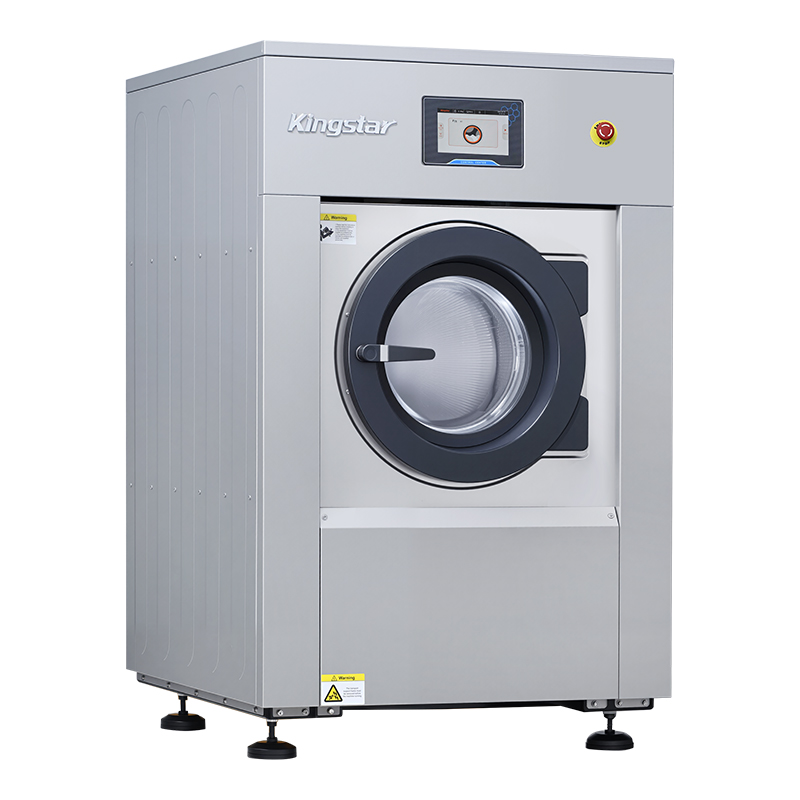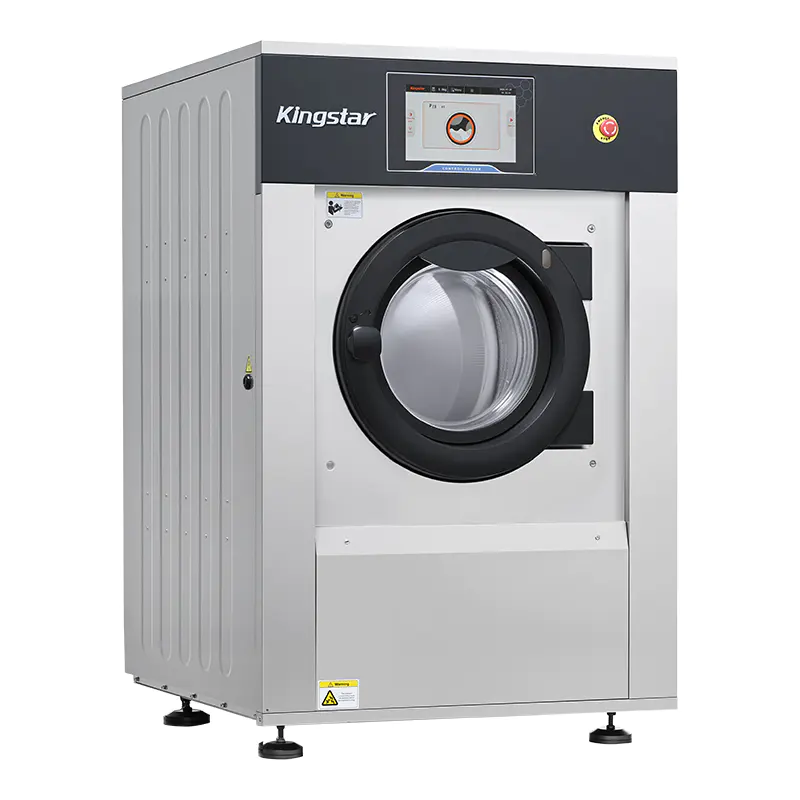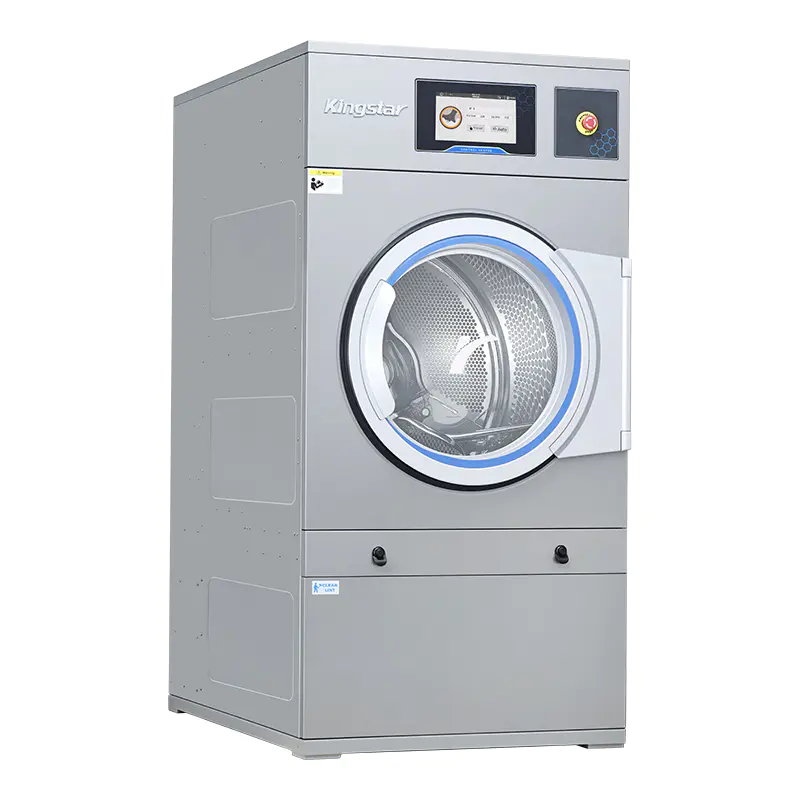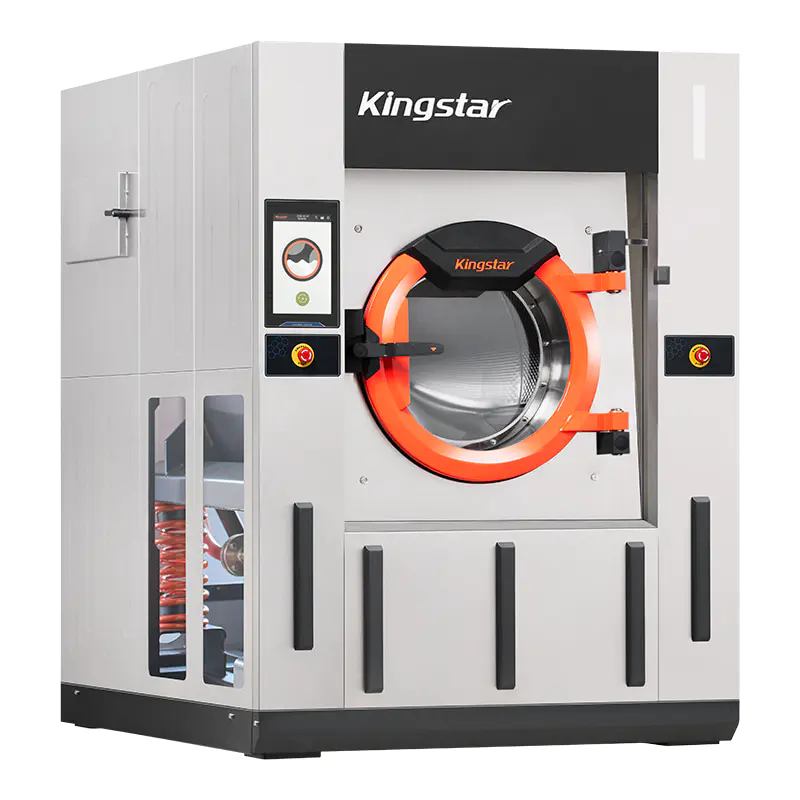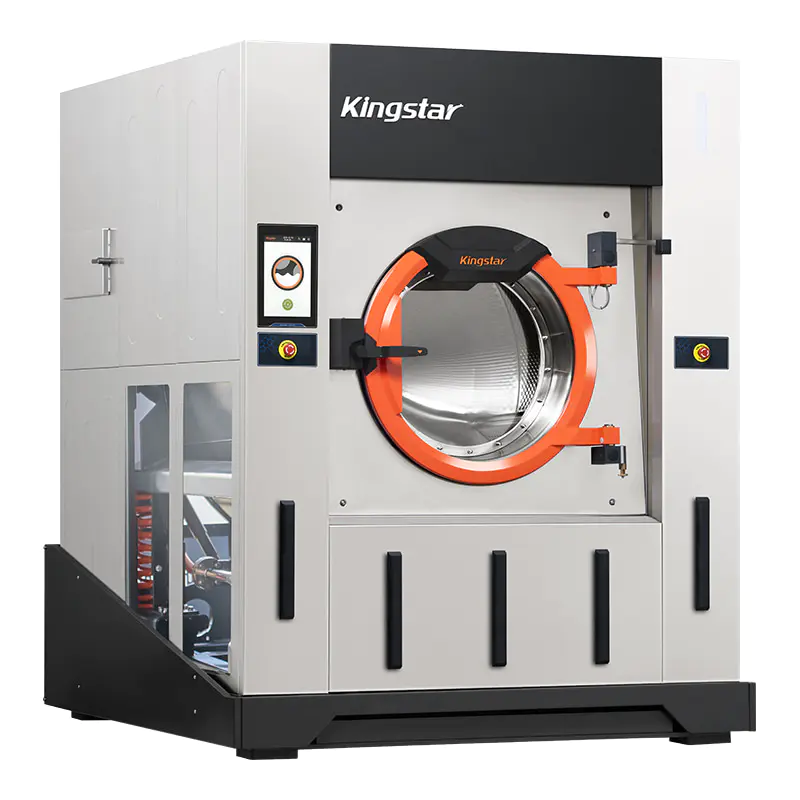
Shrinkage Rates of Common Textile Fabrics and Laundry Shops’ Prevention Methods
Shrinkage of clothes is a common problem that troubles many laundry shops.
Different fabrics have distinct shrinkage characteristics. Generally speaking, synthetic fibers and blended textiles have the lowest shrinkage rate, followed by woolen fabrics and linen fabrics. Cotton fabrics rank in the middle, while silk fabrics have relatively high shrinkage. Viscose fiber, spun rayon, and artificial wool fabrics have the highest shrinkage rate.
Generally, clothing manufacturers will do a pre-shrinking treatment. However, garments that have undergone this treatment are not completely non-shrinkable. Their shrinkage rate is just controlled within the standard range. That said, improper washing processes may still lead to severe shrinkage.
Shrinkage Rates of Common Fabrics:
| Type | Shrinkage Rate |
| Synthetic Fibers (Polyester, Nylon, etc.) | 1-3% |
| Blended Fabrics | 2-4% |
| Wool Fabrics | 3-5% |
| Linen Fabrics | 3-5% |
| Cotton Fabrics | 4-7% |
| Silk | 5-8% |
| Viscose Fiber | 8-10% |
| Spun Rayon | 8-10% |
| Artificial Wool | 8-10% |
| Canvas | Approximately 5-8% |
Reasons for Shrinkage
There are mainly four aspects of the shrinkage of clothes:
The inherent properties of the fibers, excessive mechanical force during washing, fiber swelling during soaking, and heat-induced shrinkage.
When fibers absorb water, they swell, typically shortening in length and increasing in diameter. Fibers with a stronger water absorption capacity have a higher shrinkage rate and poorer dimensional stability.
Laundry shops should know the following two aspects before washing clothes.
● Fabric composition
Synthetic fiber blended products have a relatively low shrinkage rate. Fabrics blended with 5-10% cotton/linen and synthetic fibers also have a relatively low shrinkage rate.
● Fabric density
High-density fabrics usually have a lower shrinkage rate than loose fabrics. Check if the fabric texture is tight. Those with poor light transmittance are usually of higher density.
Correct Washing Methods for Laundry Shops
● Water Temperature Control
Cotton & Linen Fabrics: Water temperature ≤ 40℃
Silk & Wool Fabrics: Wash in cold water (≤ 30℃)
Synthetic Fibers: Wash at room temperature
For clothes of any fabric type, avoid using overly hot water because high temperatures will exacerbate fiber shrinkage.
● Selection of Washing Methods
① It is suggested to use a gentle kneading force to hand-wash valuable clothes. Programmable wet cleaning machines can also be used. By reducing the rotation speed and the ratio of rotation to pause, they provide a gentle mechanical force for clothes washing, preventing excessive mechanical force from causing clothes to shrink.
② Choose neutral detergents based on the fabric of the clothes to avoid damage to fibers due to excessively strong alkalinity.
③ Wool & Silk Products: Use special detergents for silk and wool during cleaning, and avoid friction and high temperatures.
④ Jeans: Wash inside out with cold water, and avoid spin-drying.
● Avoid Over-Washing
① If clothes made of valuable and sensitive fabrics in laundry shops have only local stains, local cleaning can be used instead of overall washing.
② Reduce the amount of detergent used and ensure thorough rinsing.
Scientific Drying Skills
● Selection of drying methods
For shrinkage-prone clothes, laundry shops should prioritize flat drying. Drying nets can be used. Hanging drying is the second option. Avoid twisting, sun exposure, or high-temperature tumble drying.
● Specific operation methods
taking out the clothes → gently squeeze out the moisture (avoid twisting) → reshape the clothes → hang them to dry
This helps maintain their original size. For silk and wool products, avoid hanging them when they are too heavy (as this may cause deformation).
● Drying environment
For shrinkage-prone clothes, choose a well-ventilated, cool area for flat drying or hanging drying. Avoid direct sunlight.
Professional Ironing Methods
● Temperature Control
Cotton & Linen: Medium-high temperature ironing (180-220℃)
Wool: Medium temperature ironing (150-180℃)
A damp cloth should be placed between the iron and the fabric.
Silk: Low temperature ironing (120-150℃)
Synthetic Fibers: Low temperature ironing (100-130℃)
● Ironing Techniques
When the fabric is a little damp, people can gently stretch it back to its original size. Steam ironing is more effective than dry ironing for restoring the fabric’s size, and ironing the same area for a long time during the process should be avoided.
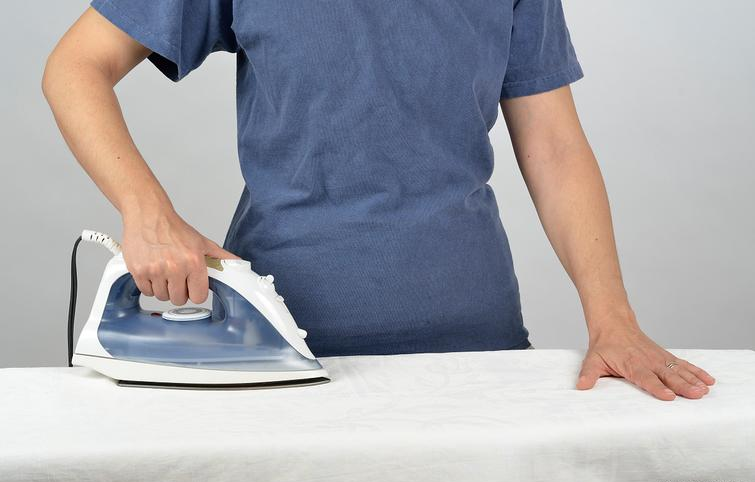
Handling of Special Cases
For clothes that have already shrunk:
Add a small amount of fabric softener in warm water → Soak them in it for 10 minutes → gently stretch them back to their original size → dry them flat
Conclusion
By understanding the characteristics of different fabrics and taking proper preventive measures, the shrinkage issue of textiles can be fully controlled. This can help both extend the service life of clothes and maintain their good shape. It should be remembered that prevention is better than a cure. Proper care habits are the key to preventing shrinkage.
ADD:No.388 Xinggang Road, Chongchuan District, Nantong City, 226000, Jiangsu Province, China.
-
Phone: +86-13917089379
-
Tel:+86-13917089379
-
Fax:+86-0513-85663366
-
E-mail:[email protected]
